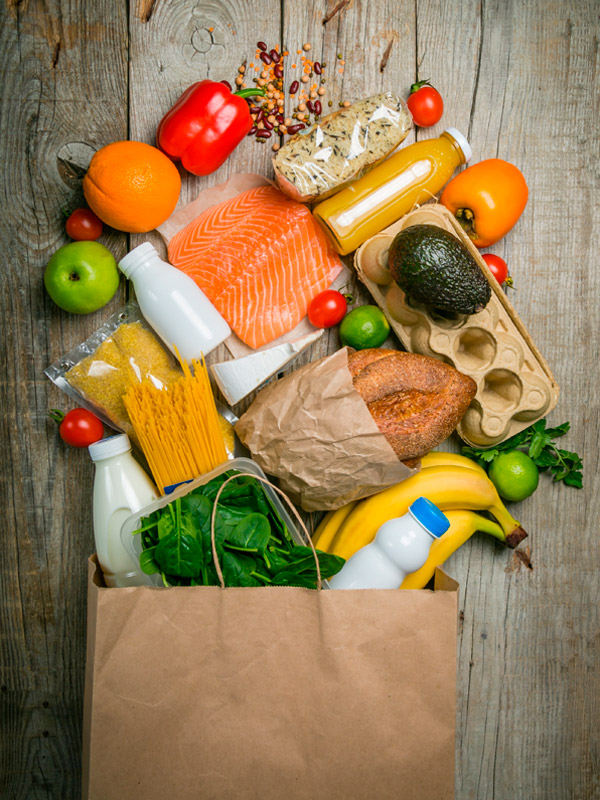A bite of information | Blog
Food Waste or Wasted Food?

Guest blogger: Avaleen Streeton, Community Engagement Coordinator, Food Industry
As we look to the next decade, we can see the food industry changing. Food waste is top-of-mind for consumers, and as a result several food manufacturing companies have made public commitments to reduce operational food waste and large retailers have been introducing apps that encourage customers to buy near-expiring foods at a reduced cost.
Add food distribution difficulties, warehouses closing, and suppliers moving out of Calgary, and we recognize that this will have effects on the amount of food available for donation to food banks.
How will these scenarios affect the Calgary Food Bank? Let’s first consider that more than 80% of the food we receive comes from food industry. What does that mean?
Food industry refers to organizations whose main source of income is food. This is the farmer or rancher who grows the food; manufacturers who make the food; warehouses who store the food; companies who transport the food; wholesalers, distributors and grocery retailers who sell the food; and restaurants and caterers who serve the food.
At each step along this food supply chain, there is a chance that food will be wasted. But occasionally, edible food also goes to waste. In Canada, it’s estimated that anywhere between 11 million and 35 million tonnes of food is wasted every year (The Avoidable Crisis of Food Waste). And the reasons are varied: if a marketing campaign failed and there is excess inventory of a new product; if a machine’s calibration was off and the packaging is marked incorrectly; if the temperature on a refrigerated truck was set half a degree colder than standard. All these situations result in food that is still perfectly edible but can’t be sold to consumers. Plus, the cost to return or dispose of a perfectly good product can be enormous.
For more than 35 years the Calgary Food Bank has created critical connections with many food industry partners so that when situations arise, we can rescue and redirect food that would otherwise have gone to waste. These partnerships not only benefit our food industry partners and our clients, but they also reduce food waste and help protect the planet. We were able to distribute over 9.6 million pounds of food to Calgarians who needed it the most. And that’s not wasted food!



